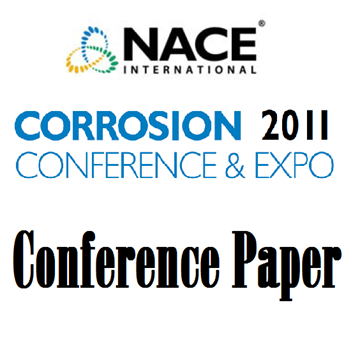Search
96534 Sulphur Containing Sediments Influenced Wear of Superheater Tubes
Also Purchased
10081 Recovery Boiler Superheater Corrosion Field Study
Product Number:
51300-10081-SG
ISBN:
10081 2010 CP
Publication Date:
2010
$20.00
11120 Sulfur Corrosion Due To Oxygen Ingress
Product Number:
51300-11120-SG
ISBN:
2011 11120 CP
Publication Date:
2011
$20.00
96516 CASE HISTORIES DEALING WITH CORROSION EXPERIMENTS IN SEAWATER
Product Number:
51300-96516-SG
ISBN:
96516 1996 CP
$20.00




